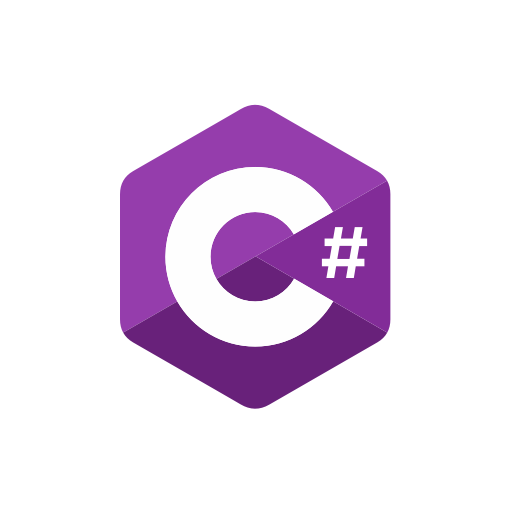
C# Collections Explained: Lists, Dictionaries, and Queues
Collections are the foundation of most C# programs. Learn how Lists, Dictionaries, Queues, and HashSets work, what makes them different, and how to choose the right one for your project.

Extension Methods in C#: Adding Power Without Changing Code
Extension methods let you add new behavior to existing types without modifying their source code. Learn how they work, why they exist, and how to use them responsibly to make your C# code more expressive and maintainable.

Advanced Enum Techniques in C#: Going Beyond the Basics
Enums might look simple, but there’s real power behind them. In this deep-dive guide, you’ll learn how to use attributes like [Flags], master bitwise operations, parse enum values safely, and apply modern C# features like generic constraints. Take your enum skills from basic to professional level.

Understanding Attributes in C#: The Hidden Metadata That Powers .NET
Attributes in C# are more than just square brackets above your code. They’re metadata that define how the compiler, runtime, and frameworks interact with your classes and methods. This guide explains what they are, what problems they solve, and how to create your own to make C# code more expressive and flexible.

Covariance and Contravariance in C# Generics — A Clear, Practical Guide
Covariance and contravariance sound intimidating, but they’re just rules about how generic types relate to each other in inheritance hierarchies.
This friendly guide explains the in and out keywords, how variance works in interfaces and delegates, and how to design safer, more flexible C# code.

What .NET and the CLR Really Are: A Beginner-Friendly Explanation
Many C# beginners use .NET daily without knowing what it really is.
This article explains what .NET is, how the CLR executes your C# code, the journey from source code to machine instructions, and why understanding these concepts helps you become a more confident and capable developer.